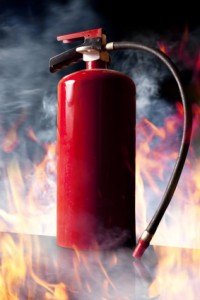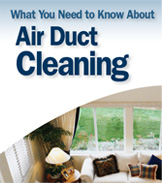Combustible dust, also known as explosive dust.
Cleaning is a required preventative maintenance program in manufacturing and production facilities to prevent safety hazards, possible fires and explosions.
This type of cleaning also helps preserve proper indoor air quality (IAQ).
Combustible dust is fine particulate dust, which is generated from wood, metal, grain, agricultural, chemical, plastic, paper and carbonaceous products.
Manufacturing and production facilities’ equipment and machinery often pulverize, mill, grind, crush, macerate and cut bulk product.
In return, dust is generated and accumulates on all equipment and facility structure surfaces.
The fine powder dust, which is suspended on higher, inaccessible and unnoticeable surfaces, is the most problematic.
Combustible dust can impact the facility’s workers’ health, leading to illnesses and injuries.
Where To Target
Some of the cleaning services that may be required to control combustible dust and areas to target include:
- High ceilings and surfaces
- Heating, ventilation and air conditioning (HVAC) systems
- Dust collectors
- Conveyor belts
- Silo tanks
- Lab fume hood cleaning
- Dust control vacuuming.
These services help prevent airborne dust and particulates from accumulating in the manufacturing and production facility.
These services may also help promote equipment longevity, decrease utility costs for operating equipment, increase the brightness of lighting, stabilize insurance rates and allow a greater return on investment in manufacturing equipment.
Performing combustible dust cleaning requires several important procedures.
The first and most important procedure is safety.
Preventing static electricity, sparking and any electrical charge is the first preventative step.
Proper grounding of in-house electrical systems, equipment, forklifts, high-reach equipment, vacuums, extension cords and lighting is mandatory.
Testing and sampling the powder and bulk dust particulate is required to see if the dust particulate is combustible or explosive.
Material Safety Data Sheets (MSDSs) of each product will be useful in testing the dust.
Safety First
The simple act of dragging a piece of metal across a concrete floor can create a spark, which can lead to a dust explosion.
Proper lock-out/tag-out documentation, slip and fall prevention, high reach and harness protection and confined space awareness are some examples of safety musts.
Donning proper personal protection equipment (PPE), including safety lanyards and harnesses, hard hats, safety glasses, ear protection, disposable gloves, special coveralls and steel toe boots, is essential.
Placing orange safety cones and yellow caution tape in working areas is required to inform others of hazardous conditions.
Additionally, preparation is one of the most critical procedures of combustible dust cleaning.
Proper preparation will contain dust and particulate and will alleviate a possibly unhappy customer.
Preparation materials will include covering your customer’s equipment, contents, walls and floors.
The covering will also serve as a containment barrier for any possible recontamination.
Trashcan containers or 55-gallon drums with liners can be used to collect the debris.
Combustible dust cleaning involves several main aspects of cleaning.
First, always work from ceiling to walls to floor.
The actual cleaning and removal of dust and particulate buildup will consist of several cleaning techniques and methods.
Cleaning and removing grease and particulate buildup should be performed by HEPA vacuuming and/or mechanical wet wiping.
This portion of cleaning should be performed under containment to prevent any cross contamination of other areas and equipment.
Mechanical cleaning procedures are based on parameters set by the NFPA, the Fire Protection Research Foundation, the National Air Duct Cleaning Association (NADCA), the Institute of Inspection, Cleaning and Restoration Certification (IICRC), the American Biorecovery Association (ABRA), the Indoor Air Quality Association (IAQA) and OSHA.
Not all cleaning vendors are alike in safe cleaning procedures, techniques, quality and pricing.
Be aware of vendors who only clean using dirty rags, brooms, push brooms, compressed air, dustpans and contaminated cleaning equipment.
Facility owners should ask the vendor they hire to provide a liability insurance and workers’ compensation certificate.
Photos of past work can document in detail the quality cleaning the vendor has performed.
A certificate of completion for combustible dust cleaning is also required for insurance policies.
In addition, a clean and safe facility is important for worker morale.

